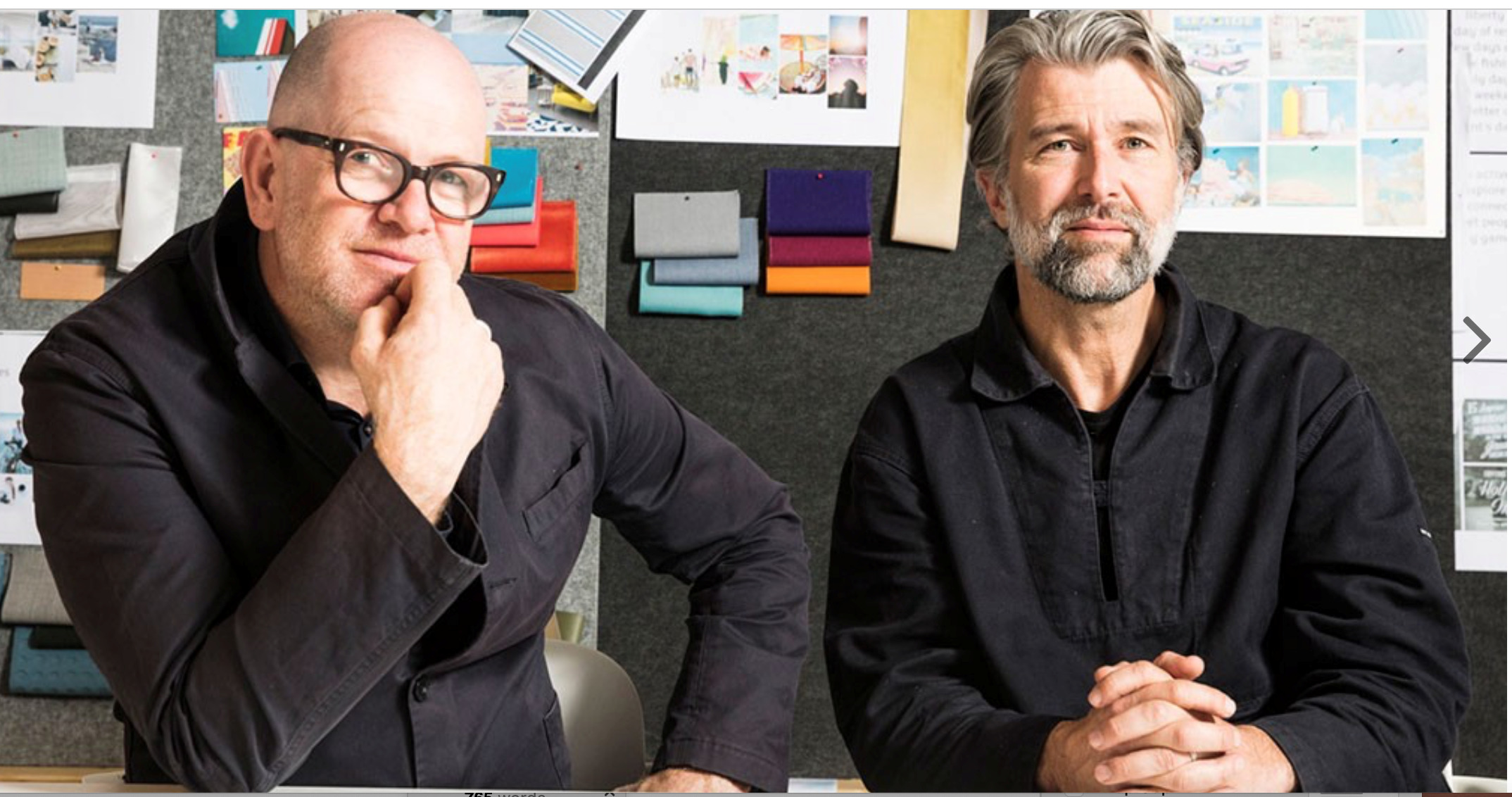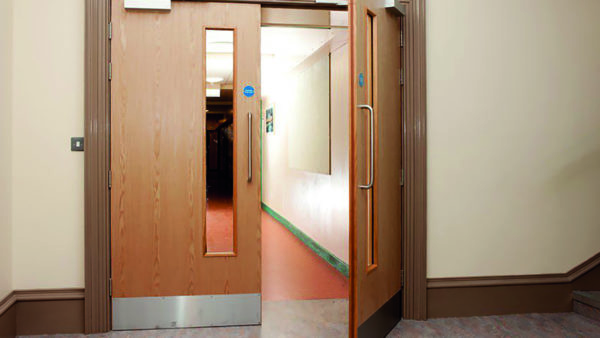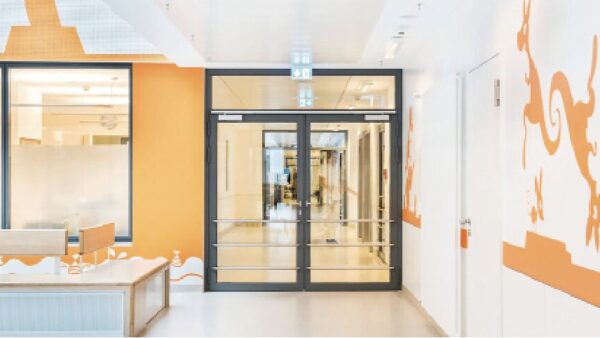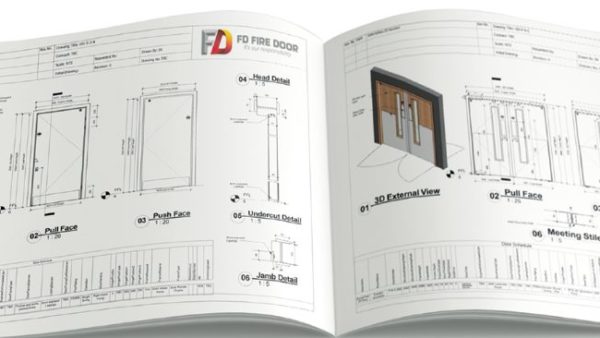OPINION
Luke Pearson and Tom Lloyd on why retrofitting is the only viable future for the built environment industry

The word ‘palimpsest’, which derives from Ancient Greek, denotes a writing surface that has been reused, the original text having been removed to make way for the new. Despite the act of erasure, traces of the original text remain.
Buildings can be palimpsests: they are repositories of stories, richly layered with the lives and preoccupations of their occupants. This interplay of old and new gives period buildings a resonance that can be felt as much as seen – it’s what we call ‘character’. Humans have always built like this but in an era of climate crisis, it is more essential than ever before.
Buildings don’t store only memories; they also store carbon. Between a third and a half of a building’s lifetime emissions are concentrated in the construction phase. If we are to take responsibility for our impact on the planet and be genuinely environmentally accountable as a society, we have an urgent collective duty to retrofit and repurpose before building anew.
In recent decades, architects have been addicted to novelty, levelling whatever’s there and starting again from scratch. That’s not a perverse approach – new builds are often cheaper and almost always easier to deliver than retrofits – but in the long term, it’s not a sustainable one.
With our recent project at Yorkton Workshops in east London, there’s no doubt that knocking down the largely dilapidated Victorian block and constructing our own purpose-built structure would have been the most logical approach in terms of timelines, complexity and balance sheet. However, the strength of the sustainability argument for renovation – coupled with the opportunity for creative engagement with a historically rich structure – proved much more compelling.
By reacting to the existing fabric of the structure rather than forcing our own ideas upon it, we became conservators as well as constructors, actively connected to the building’s heritage, and part of its ongoing story. We reused as much as possible, recycling bricks, timbers and steels. If we couldn’t find what we needed on site, we turned to local reclamation yards.
Where it was necessary to use new materials, we chose those that shared the durability and adaptability of the old. That meant raw, unfinished surfaces such as concrete and spruce plywood. Raw-form materials such as these tend towards longevity, but most importantly, they can be easily recycled or repurposed.
For us, Yorkton Workshops is a success story, but its impact will be negligible unless retrofit-first approaches become the default, a paradigm shift in how we think about a project’s ‘value’, and meaningful policy change to actively incentivise retrofit.
The onus is now on us to build ‘for the afterlife’. To return to the palimpsest analogy, we have to write with the knowledge that we will one day be overwritten, and do everything we can to make it easier to do so.
Luke Pearson and Tom Lloyd are co-founders of design office Pearson Lloyd. This article first appeared in ICON magazine.








